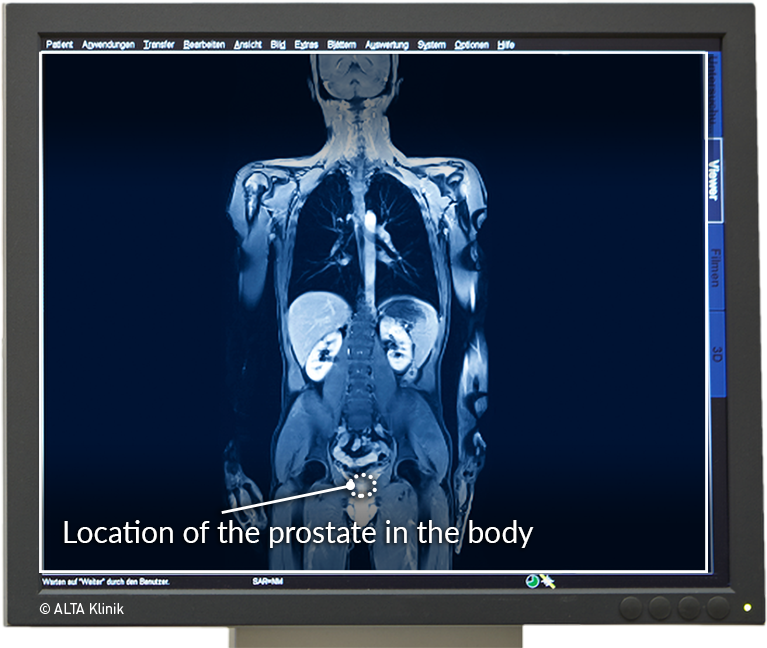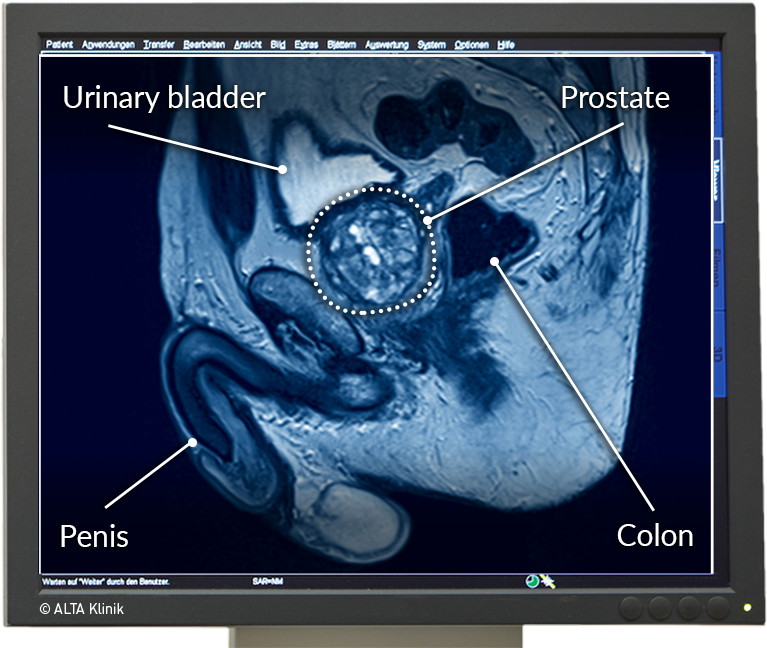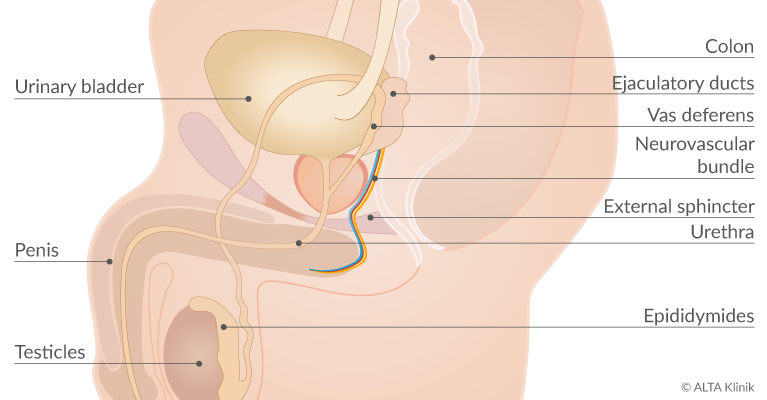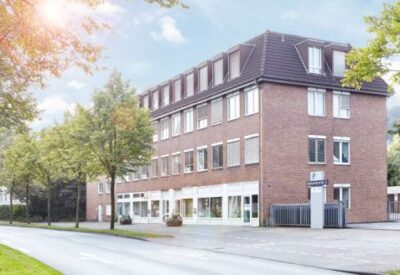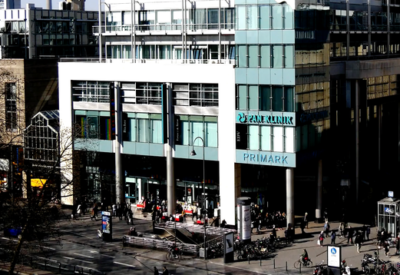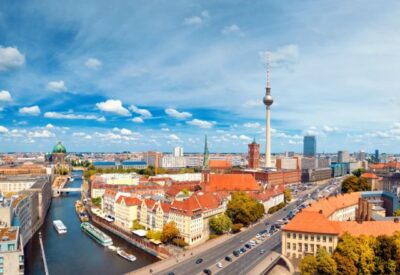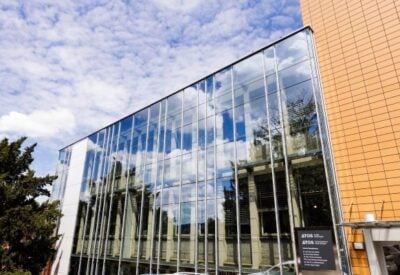Prostate
An important male reproductive organ located towards the center of the pelvis, the prostate is only slightly larger than a walnut and weighs around 20 grams.
Prostate Function
The prostate is made up of numerous secretory glands and is surrounded by muscle and collagen fibers. As a part of the male reproductive system, the primary function of the prostate is to produce a viscous fluid that nourishes and protects the spermatozoa (or sperm cells) and makes up a significant portion of the semen. Another portion of the semen, or ejaculate, is supplied by the seminal vesicles, a pair of glands that are located directly above and to the rear of the prostate. The fluid produced by the seminal vesicles also provides nutrients to the spermatozoa. During male climax (or orgasm), the combined prostatic and seminal fluid, together with the spermatozoa produced in the testicles, is ejaculated through the urethra.
Prostate cells also produce certain enzymes, including a substance called prostate specific antigen (PSA).
PSA is an important biomarker, with elevated PSA levels indicating the presence of one or more prostate diseases. The most common of these diseases include:
Location of the Prostate in the Body
The prostate surrounds the urethra at a location just in front of the rectum and between the bladder and the penis. The seminal vesicles, another pair of glands that function in tandem with the prostate, are located at the upper rear of the prostate between the bladder fundus and the rectum. The prostate extends downward to the pelvic floor.
Prostate Zones
The prostate is typically divided up into three anatomical zones that extend outward, more or less concentrically, from the urethra:
- The transition zone (surrounds the part of the urethra that passes through the prostate)
- The central zone (lies behind the transition zone and surrounds the ejaculatory ducts)
- The peripheral zone (the outermost zone)
Both the transition zone and the central zone surround the urethra. Together, they make up around a quarter of the prostate’s glandular tissue, with the transition zone being the smallest zone in the prostate. The ejaculatory ducts pass through the central and transition zone on their way to the urethra. The peripheral zone forms the main part of the mass of the prostate.
Prostate Enlargement According to Zone
Although it is the smallest of the zones, the transition zone is where the enlargement of glandular tissue occurs. As this enlargement progresses, it typically begins to compress the remaining zones of the prostate. Given the anatomical relationship of the prostate to the urethra, the enlargement of prostatic tissue can quickly lead to common forms of urinary dysfunction.
 English
English
 Deutsch
Deutsch  Nederlands
Nederlands 
